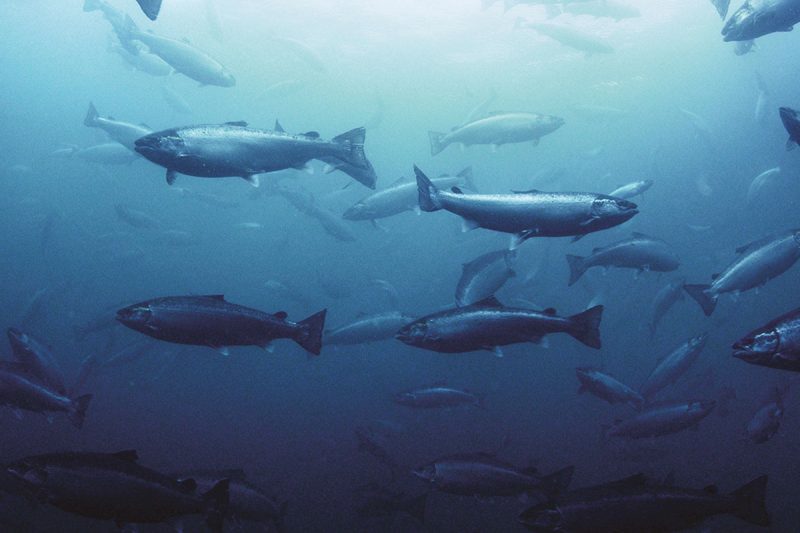B.C. VIEWS: Salmon farm smear campaign sinks
Source: The Columbia Valley Pioneer – Oct. 16, 2017 10:30 a.m.
After more than a decade of U.S.-funded attacks targeted exclusively on B.C.’s salmon farm industry, the tide is finally turning. The fake-news tactics of hired protesters have become so obvious that even some news media aren’t biting any more.
Noted marine biologist Pamela Anderson wasn’t able to assist this summer’s second season of the Sea Shepherd Society’s unreality show in the Broughton Archipelago. That’s the island group between northern Vancouver Island and the mainland.
This year Sea Shepherd was reduced to begging for “embedded” “journalists” to join them aboard the MV Martin Sheen, a floating vanity mirror for another faded celebrity. They hoped their first season of propaganda visuals and guerrilla visits to B.C. salmon farms would be featured on National Geographic TV, but producers checked it out and passed.
This season, two Marine Harvest farms have been occupied since late August by local aboriginal people, organized and publicized via Sea Shepherd.
Federal Fisheries Minister Dominic LeBlanc was in Victoria last week to speak to a national aquaculture forum. You saw nothing in the city media because organizers can’t publicize the event, lest the protesters pull out their familiar placards and descend.
LeBlanc warned that the recent escape of Atlantic salmon from a Washington state farm is the kind of “sloppy practice” Canada can’t afford, even with B.C.’s superior standards. There was a brief round of hysteria about this, but it’s long been proven that even millions of released Atlantics can’t compete with Pacific salmon or colonize B.C. rivers.
I found out about the industry meeting as I followed up on Premier John Horgan’s quiet visit to Alert Bay, the remote island community near where the occupations have been staged. Horgan was accompanied by Agriculture Minister Lana Popham, Indigenous Relations Minister Scott Fraser and Transportation Minister Claire Trevena, who lives on Quadra Island. All have drunk the evil-salmon-farm Kool-Aid for years.
Horgan’s office issued a terse statement after visiting the ’Namgis First Nation at Alert Bay. It said Popham would “share the concerns” about these farms with LeBlanc’s department, and noted “the industry now generates nearly $800 million in annual value, while supporting several thousand jobs in rural and remote coastal areas.”
Popham didn’t show at the industry conference, where she would have heard about rapidly evolving technology and research to make farms more secure, in B.C. if not in the U.S. and Chile.
She would have heard from LeBlanc that he intends to break one of the deadlocks between the industry and its opponents, making public federal inspection data for aquaculture operations.
She would have heard from Norway’s Ambassador to Canada, Anne Kari Ovind, who described the next steps her country is taking in an industry it pioneered 50 years ago.
Ovind said Norway is launching a new regulatory regime based on the work of former prime minister Gro Harlem Brundtland, who led a landmark 1987 study of sustainable development, and served as director-general of the World Health Organization from 1998 to 2003.
Ovind noted that the world’s population is expected to peak at 9.7 billion people by 2050, and expanded aquaculture will be needed to feed everyone. Earth’s surface is 75 per cent water, but that area is producing only five per cent of human food.
• This brings me to the delicate matter of aboriginal participation in these protests, and the foreign-directed tactics against logging and petroleum. I’ll deal with that in a subsequent column.
Tom Fletcher is B.C. legislature reporter and columnist for Black Press. Email: tfletcher@blackpress.ca

